GPCR/G protein

All GPCRs share a common seven trans-membrane structure. GPCRs are associated with heterotrimeric G-proteins which are GTP-binding proteins made of alpha, beta, and gamma subunits. When a ligand binds to GPCR, it activates the attached G-protein, the GDP is replaced with GTP. The activated G-protein then dissociates into an alpha and a beta-gamma complex which activates downstream signaling pathways. These intracellular signaling pathways include cAMP/PKA, calcium/NFAT, phospholipase C, protein tyrosine kinases, MAP kinases, PI-3-kinase, nitric oxide/cGMP, Rho, and JAK/STAT.
GPCRs are one of the most important therapeutic targets for various diseases, over 30% of all modern medicinal drugs target this family. Aberrant GPCR functions are involved in pathological conditions such as neurological, immunological and hormonal disorders. A large number of GPCRs have been identified, but whose ligands are not known, are classified as orphan receptors.
-
 B1368 Tizanidine HClSummary: α2-adrenergic receptor agonist
B1368 Tizanidine HClSummary: α2-adrenergic receptor agonist -
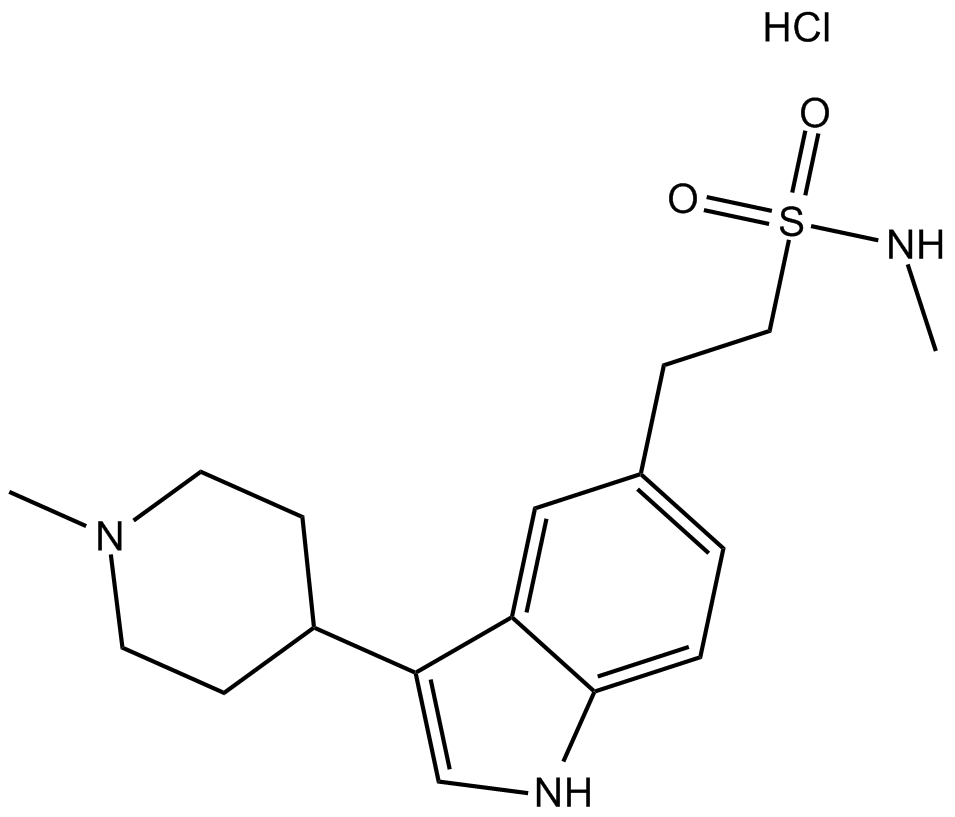 B2251 NaratriptanTarget: 5-HT1 ReceptorSummary: selective 5-HT1 receptor subtype agonist
B2251 NaratriptanTarget: 5-HT1 ReceptorSummary: selective 5-HT1 receptor subtype agonist -
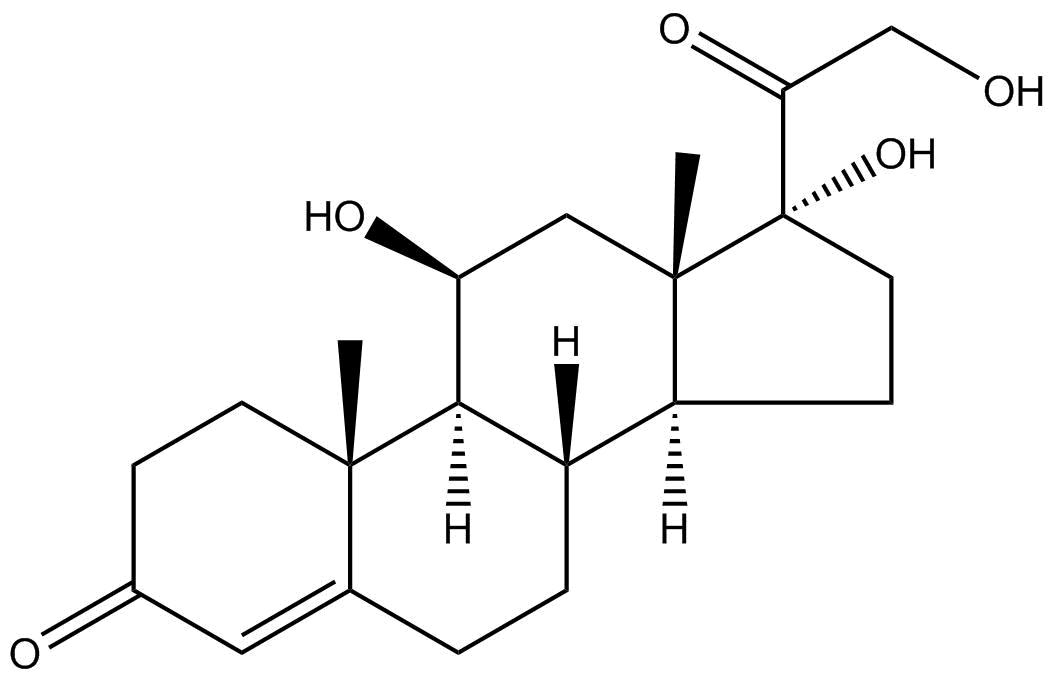 B1951 HydrocortisoneSummary: steroid hormone or glucocorticoid
B1951 HydrocortisoneSummary: steroid hormone or glucocorticoid -
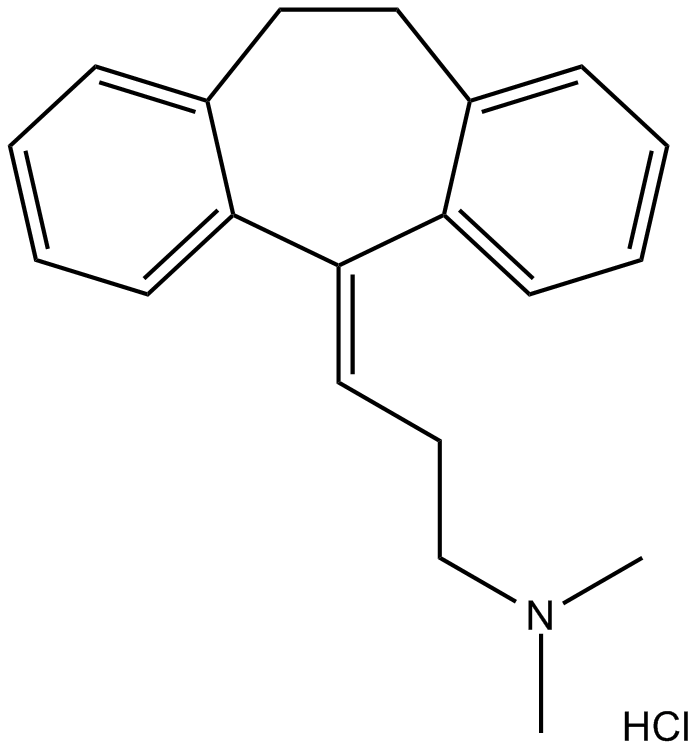 B2231 Amitriptyline HClTarget: Trk Receptors|5-HT2 Receptors|Norepinephrine transporter|5-HT TransportersSummary: Serotonin /norepinephrine receptor/5-HT4/5-HT2 inhibitor
B2231 Amitriptyline HClTarget: Trk Receptors|5-HT2 Receptors|Norepinephrine transporter|5-HT TransportersSummary: Serotonin /norepinephrine receptor/5-HT4/5-HT2 inhibitor -
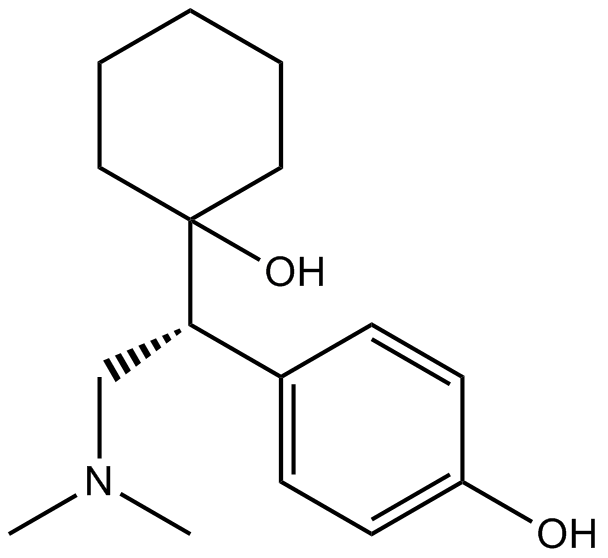 B2236 DesvenlafaxineTarget: 5-HT Transporters|Norepinephrine transportersSummary: serotonin (5-HT) and norepinephrine (NE) reuptake inhibitor
B2236 DesvenlafaxineTarget: 5-HT Transporters|Norepinephrine transportersSummary: serotonin (5-HT) and norepinephrine (NE) reuptake inhibitor -
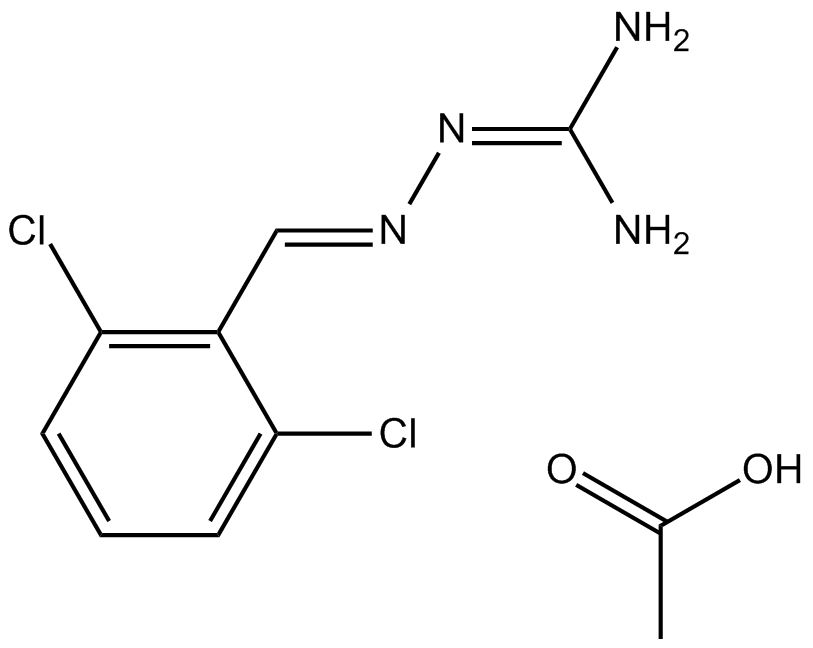 B1335 Guanabenz AcetateSummary: α2-adrenergic receptor agonist
B1335 Guanabenz AcetateSummary: α2-adrenergic receptor agonist -
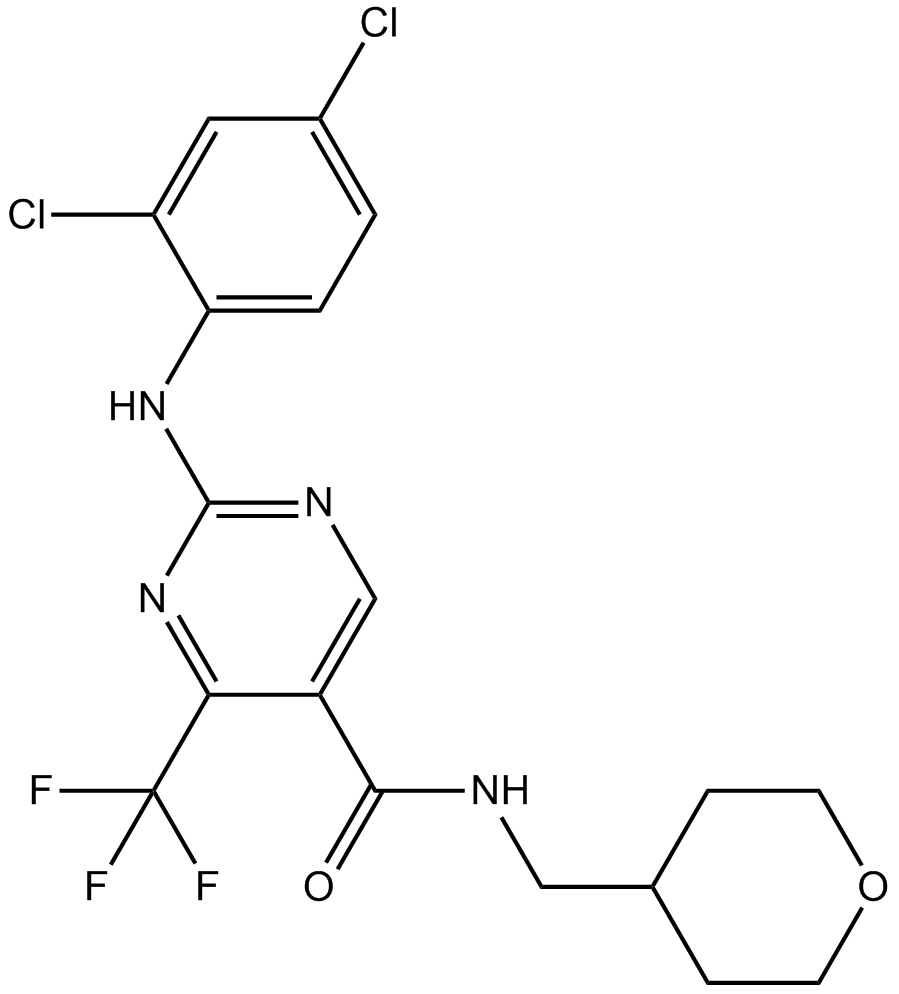 B1428 GW842166XTarget: cannabinoid receptorSummary: Cannabinoid receptor agonist
B1428 GW842166XTarget: cannabinoid receptorSummary: Cannabinoid receptor agonist -
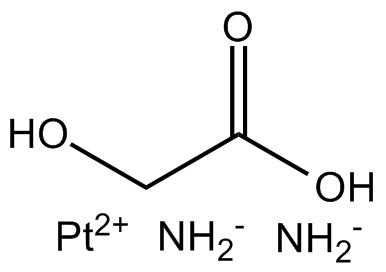 B1986 NedaplatinSummary: DNA synthesis inhibitor
B1986 NedaplatinSummary: DNA synthesis inhibitor -
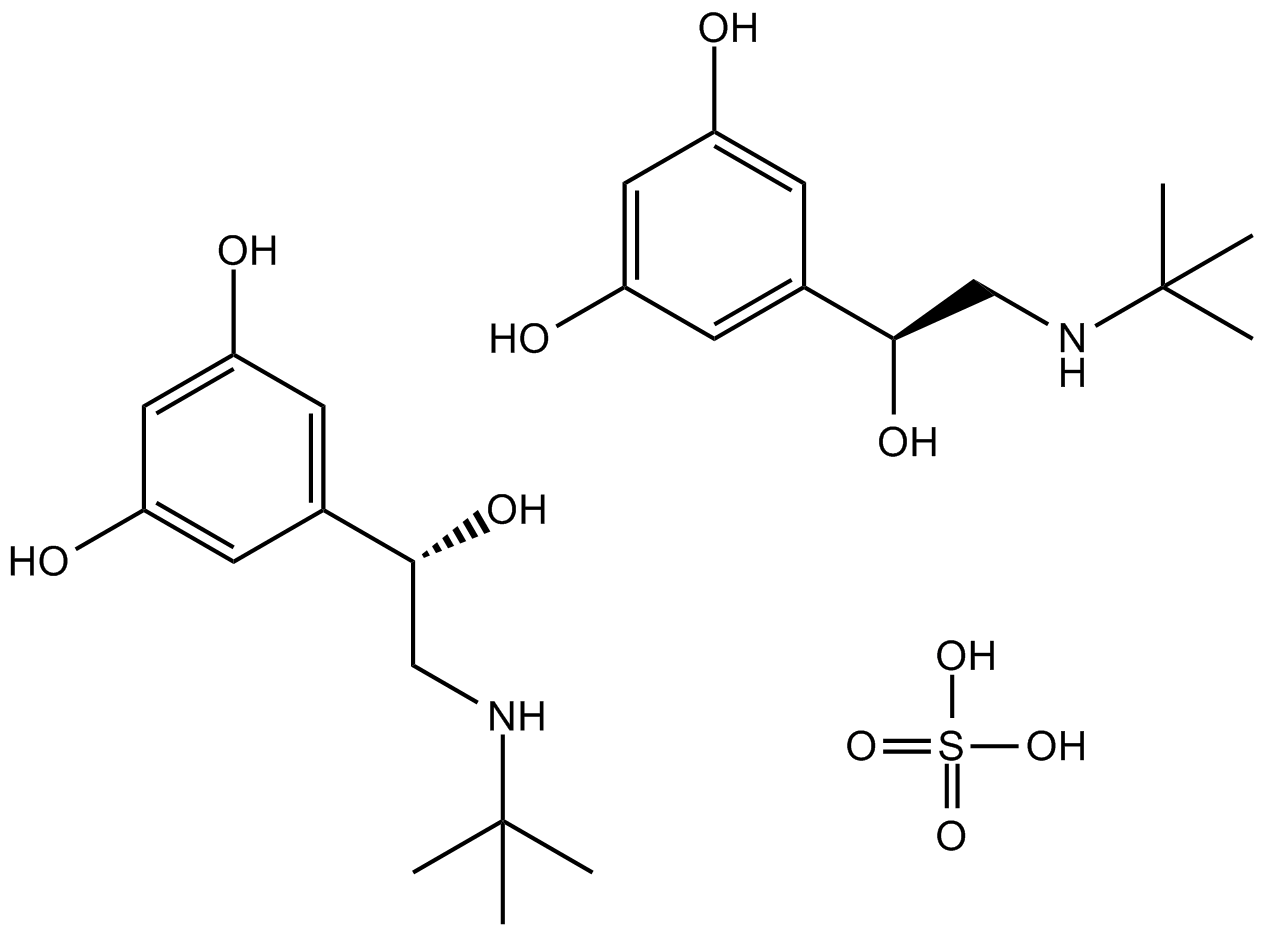 B1328 Terbutaline SulfateSummary: Selective β2-adrenergic receptor agonist
B1328 Terbutaline SulfateSummary: Selective β2-adrenergic receptor agonist -
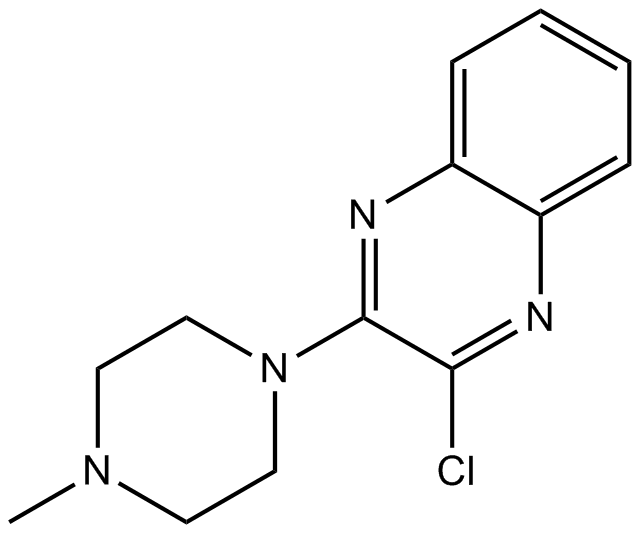 B2259 VUF 10166Target: 5-HT3 ReceptorsSummary: 5-HT3 receptor antagonist
B2259 VUF 10166Target: 5-HT3 ReceptorsSummary: 5-HT3 receptor antagonist

